Lithuania travel tips
Lithuania travel tips: Baltic charm with medieval towns, enchanting landscapes, and a rich cultural heritage. Explore historic Vilnius and coastal wonders.
Counties 🌎
Lithuania travel tips. Here is a list of all the counties of the Lithuania.

Alytus
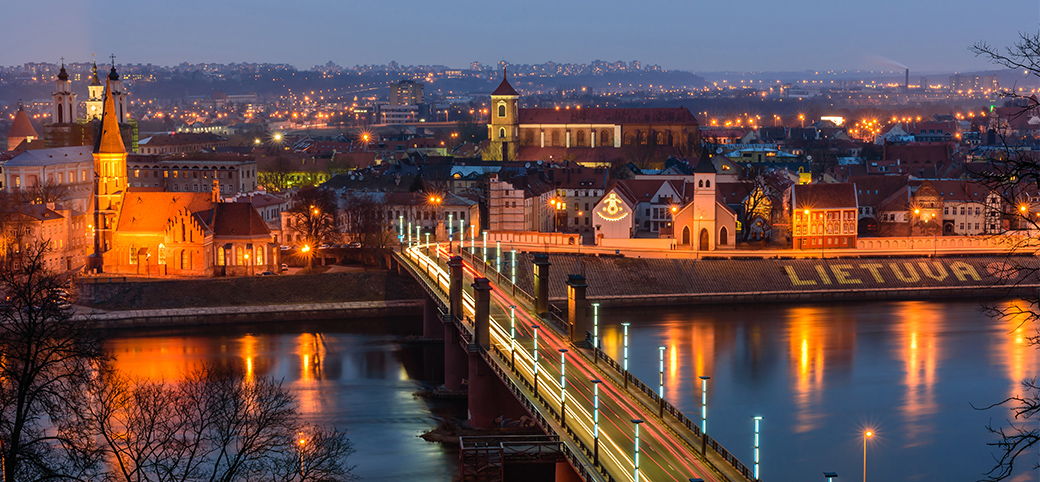
Kaunas

Klaipėda

Marijampolė

Panevėžys

Šiauliai

Tauragė

Telšiai
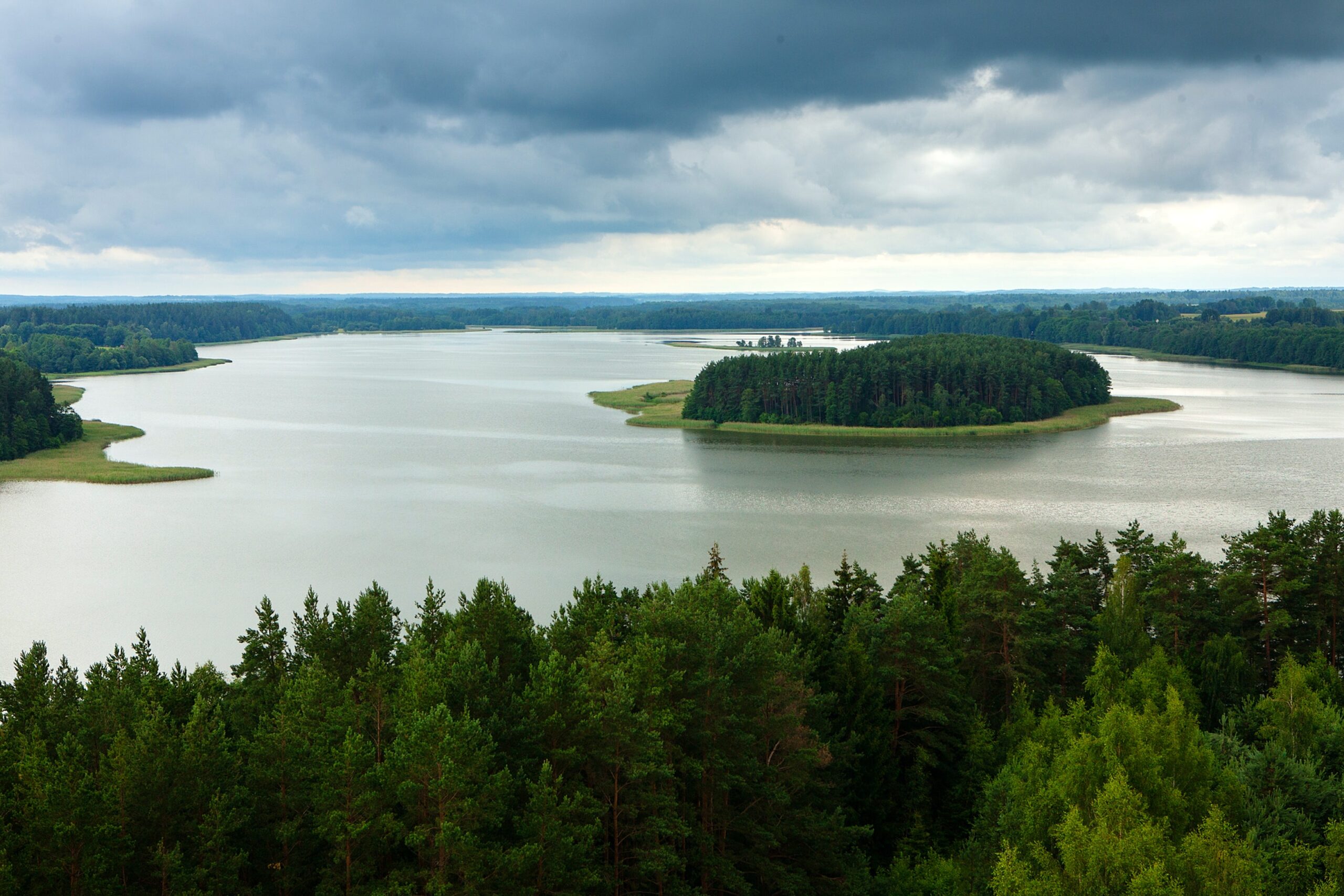
Utena
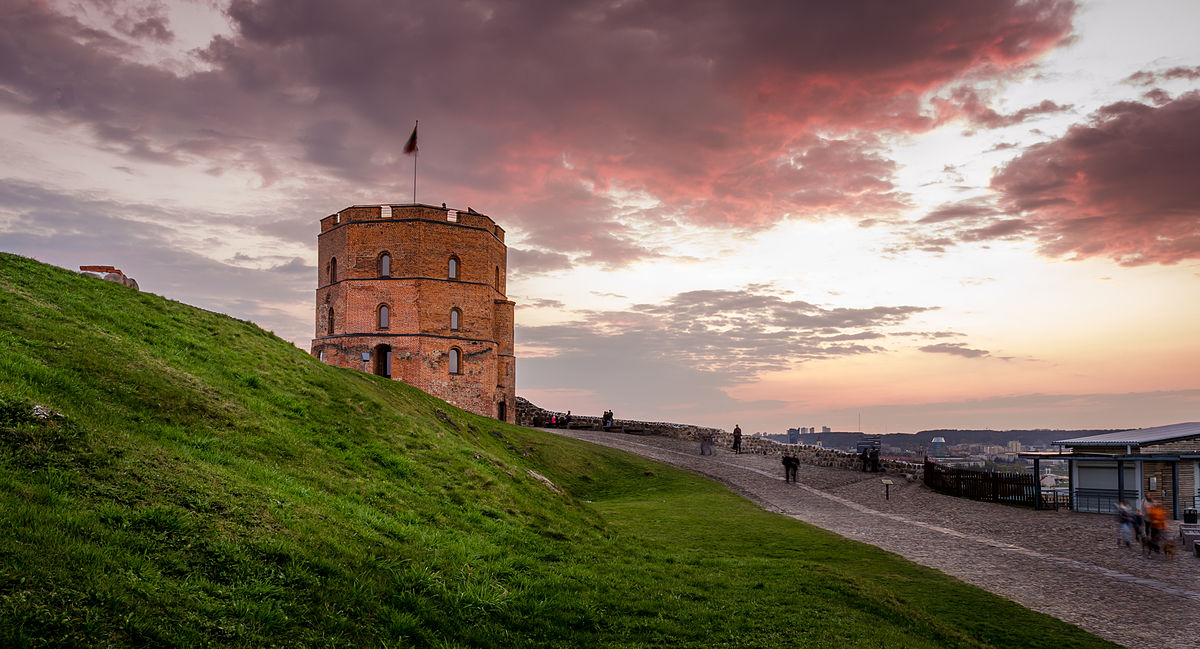
Vilnius
Before you go 🛩
Important information you should know before your trip
Info
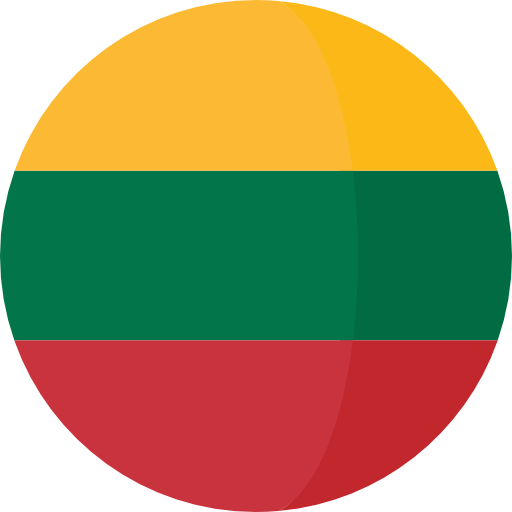
Capital | Vilnius
Flag Codes:
ISO alpha-2 LT,
ISO alpha-3 LTU
Currency
Badge | Euro
CODE | EUR
NUMBER | 978
SYMBOL | €
FRACTION | Penny
Mobile Coverage
Dialing Code | +370
SIM Card
Coverage | 3G / 4G / 5G |
Mobile Networks | Bite | Telia Mobile | Tele2 Mobile |

Location
Lithuania is a country located in Northern Europe. It is situated in the eastern part of the Baltic region. Specifically, Lithuania is bordered by Latvia to the north, Belarus to the east and south, Poland to the south, and the Baltic Sea to the west. Its geographic coordinates are approximately between 53.9° and 56.4° latitude and 20.9° and 26.9° longitude. The capital and largest city of Lithuania is Vilnius.
Currency
The currency of Lithuania is the Euro (EUR).
Lithuania adopted the euro as its official currency on January 1, 2015, replacing the Lithuanian Litas (LTL).
Languages
The official and most widely spoken language in Lithuania is Lithuanian, which is a Baltic language and the oldest of all Indo-European languages still spoken today. It is the native language of 85% of the population of Lithuania. Lithuanian uses the Latin alphabet and is considered a difficult language to learn due to its complex grammar and large number of cases.
In addition to Lithuanian, Polish is also spoken in some parts of the country, especially in the Vilnius region, where the Polish minority is significant. Russian is also widely spoken and understood, especially by older generations and in regions where there is a Russian minority. In general, knowledge of English as a second language is on the rise, especially among the younger generation and those working in the tourism and business sectors.
Climate 🌡
Lithuania has a humid continental climate, characterized by warm summers and cold winters. However, due to its proximity to the Baltic Sea, the climate is moderated by maritime influences, resulting in cooler summers and milder winters compared to inland areas at similar latitudes.
Here’s a breakdown of the different seasons in Lithuania:
Spring (March to May):
Spring in Lithuania is cool and transitional, with temperatures gradually increasing. March is still quite cold, while May sees milder temperatures. Rainfall is moderate during this season.
Summer (June to August):
Summers in Lithuania are generally mild to warm, with average temperatures ranging from 17°C to 20°C (63°F to 68°F). However, temperatures can occasionally reach the mid-30s°C (mid-90s°F) during heatwaves. Summer is the driest season, with occasional rain showers.
Autumn (September to November):
Autumn brings cooler temperatures and increasing rainfall. September can still be relatively mild, while November is colder, signaling the approach of winter. Fall foliage is quite beautiful in Lithuania during this time.
Winter (December to February):
Winters in Lithuania are cold, with temperatures often dropping below freezing. Average temperatures range from -4°C to 0°C (25°F to 32°F). Snowfall is common, especially in the interior regions, and the country experiences shorter daylight hours during this season.
It’s important to note that weather patterns can vary from year to year, and extreme weather events are not uncommon. It’s always a good idea to check the weather forecast before traveling to Lithuania or planning outdoor activities.
Lithuania travel tips
If you’re planning a trip to Lithuania, here are some travel tips to enhance your experience:
Vilnius Old Town:
Explore the charming Old Town of Vilnius, a UNESCO World Heritage site with cobblestone streets and historic architecture.
Trakai Castle:
Visit Trakai Island Castle, beautifully set on a lake. Try traditional Karaim dishes in the town of Trakai.
Curonian Spit:
Discover the Curonian Spit, a UNESCO site known for its sand dunes. Explore Nida and enjoy the unique landscape.
Hill of Crosses:
Witness the powerful Hill of Crosses, a pilgrimage site with thousands of crosses symbolizing faith and resistance.
Transportation:
Use public buses or trains for efficient and affordable travel between cities. Vilnius and Kaunas have well-connected public transportation systems.
View Guide.
Baltic Amber:
Shop for Baltic amber, a unique and popular souvenir. Look for certified stores for authenticity.
Respect Local Customs:
Respect local customs and traditions. Follow etiquette when visiting homes, churches, and participating in local events.
Enjoy your time in Lithuania!

The best of the best
Lithuanian cuisine is known for its hearty and flavorful dishes that often incorporate local ingredients such as potatoes, rye bread, dairy products, mushrooms, and various meats.
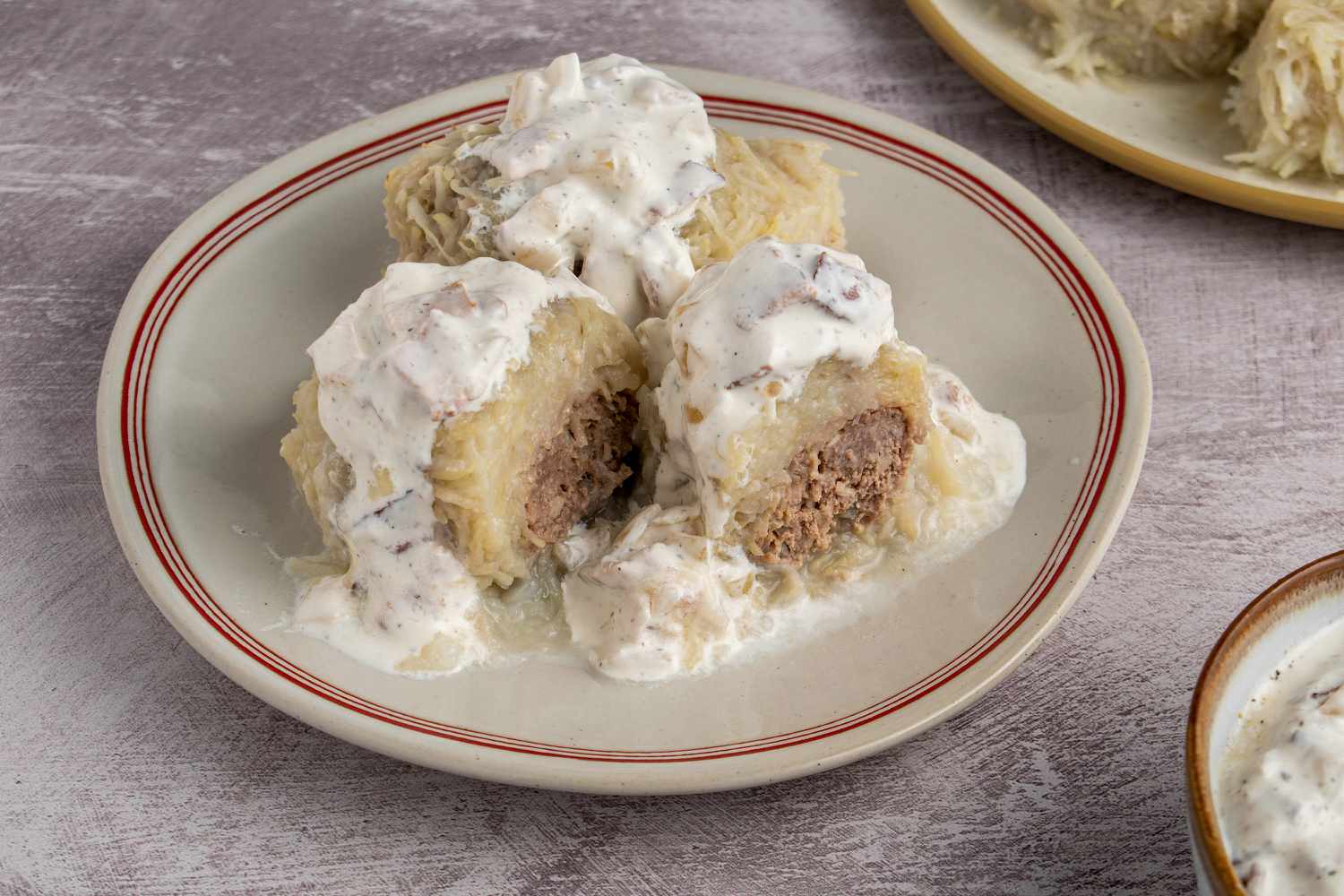
Cepelinai
Also known as “zeppelins” due to their shape, cepelinai are large potato dumplings filled with minced meat, usually pork, and served with sour cream or bacon sauce.

Kugelis
This is a traditional Lithuanian potato dish similar to a potato casserole or pudding.

Saltibarsciai
This is a cold beet soup that is popular in Lithuania, especially during the summer.
Here are some typical foods of Lithuania:
Koldunai: These are Lithuanian dumplings typically filled with minced meat, mushrooms, or cheese. They are usually boiled and served with sour cream or butter.
Šaltė barščiai: This is another version of cold beet soup, but it is made without kefir or buttermilk. Instead, it is a clear broth-based soup with beets, vegetables, and sometimes meat.
Lithuanian Rye Bread: Rye bread holds a special place in Lithuanian cuisine. It is dense, dark, and often made with sourdough. It is enjoyed as a staple food and used in various dishes.
Kibinai: These are traditional pastries with a flaky crust filled with savory ingredients like minced meat, onions, and sometimes vegetables. Kibinai have a unique shape and are popular in the region of Trakai.
Bulviniai blynai: Lithuanian potato pancakes made with grated potatoes, eggs, and flour. They are fried until golden brown and typically served with sour cream or applesauce.
Šakotis: Known as the “tree cake” or “branch cake,” Šakotis is a traditional Lithuanian dessert. It is made by rotating a spit with batter over an open fire until it forms a tall, crispy cake with a tree-like appearance.
Farmer’s Cheese: Lithuania is known for its delicious and creamy farmer’s cheese, which is widely used in various sweet and savory dishes. It can be eaten on its own, used in desserts, or incorporated into dishes like pancakes or dumplings.
The country’s culinary heritage is rich, and there are numerous regional specialties to explore as well.
Transportation 🚥
More information about this country
Choose your destination 📍🗺
Useful Links ✅



